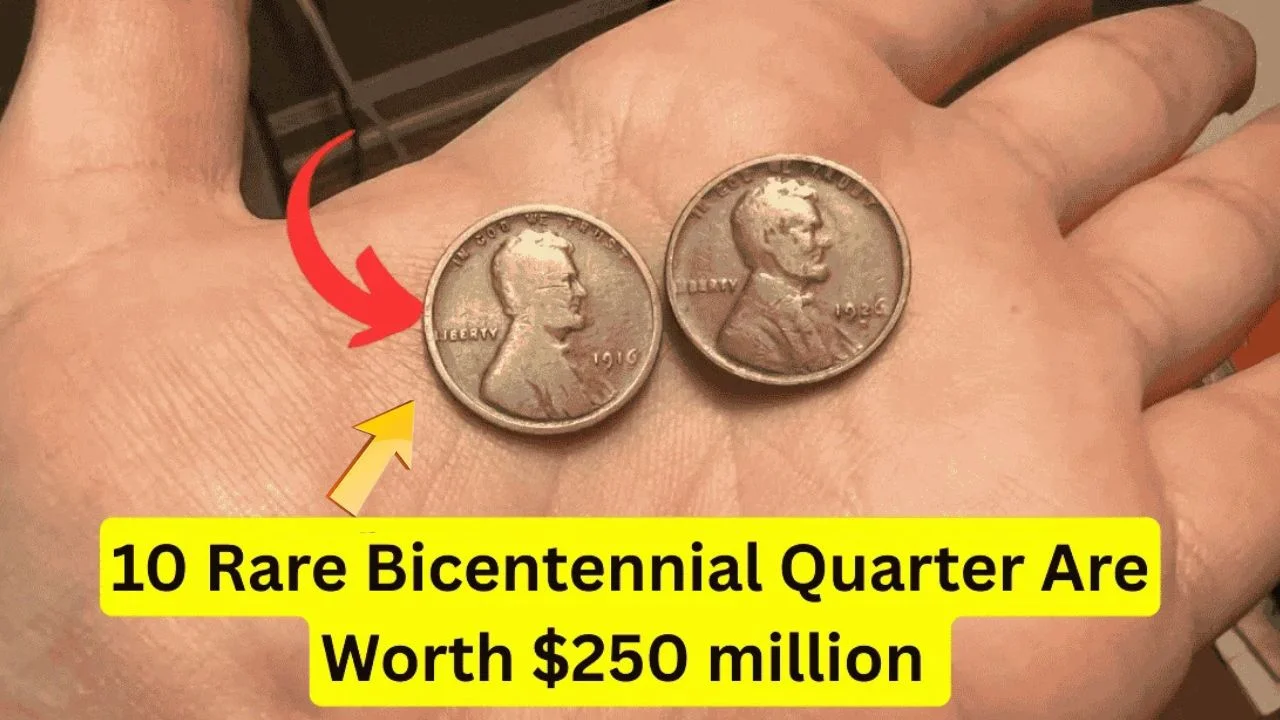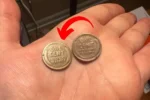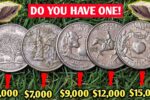These 10 Rare Bicentennial Quarter Are Worth $250 million Each — Still in circulation
You might want to check the change in your pocket — that simple quarter could be worth more than a house. Some rare Bicentennial Quarters, minted in 1976 to celebrate 200 years of American independence, are now valued by collectors and experts at an unbelievable $250 million each. Even more shocking? A few of them might still be in circulation today.
This article breaks down what makes these coins so special, how to spot one, and why they carry such a high price tag. If you enjoy collecting or just want to make sure you’re not spending a fortune by mistake, keep reading.
Why Bicentennial Quarters Are So Special
In 1976, the U.S. Mint issued special quarters to mark the country’s bicentennial. These coins have a unique reverse design showing a drummer boy with a torch surrounded by 13 stars, representing the original colonies.
Most of these quarters are common and only worth 25 cents. However, there are a few rare versions that were minted under special conditions or contain errors — and those are the ones turning heads in the coin collecting world.
Experts believe that only 10 of these ultra-rare Bicentennial Quarters exist. Each one has its own unique features that make it different from standard coins. Their high value comes from a mix of scarcity, error types, mint conditions, and collector demand.
What Makes These 10 Quarters Worth $250 Million Each?
These quarters aren’t your average pocket change. Their worth is determined by several rare factors:
-
Minting Errors – Double strikes, off-center impressions, or wrong planchet usage.
-
Special Metal Composition – Some were struck in silver or experimental alloys.
-
Proof Condition – Uncirculated and mirror-like finishes intended for collectors.
-
Historical Significance – Being tied to America’s 200th birthday adds strong emotional and collector value.
It’s believed that most of these coins were either misplaced or mistakenly released into circulation.
Overview Table: Rare Bicentennial Quarter Highlights
| Coin Type | Unique Feature | Estimated Value | Notes |
|---|---|---|---|
| Bicentennial Quarter #1 | Double die obverse | $250 million | Strong doubling on date and text |
| Bicentennial Quarter #2 | Off-center strike | $250 million | Nearly 50% off-center |
| Bicentennial Quarter #3 | Struck on silver planchet | $250 million | Should’ve been copper-nickel |
| Bicentennial Quarter #4 | Mirror proof finish | $250 million | Released accidentally into circulation |
| Bicentennial Quarter #5 | Broad strike with no reeded edge | $250 million | Rare mint error |
| Bicentennial Quarter #6 | Clipped planchet | $250 million | Piece of coin is missing |
| Bicentennial Quarter #7 | Overstruck on a foreign coin | $250 million | Features of another coin visible |
| Bicentennial Quarter #8 | Missing mint mark | $250 million | Rare for this issue |
| Bicentennial Quarter #9 | Wrong planchet used (dime or nickel) | $250 million | Smaller or thinner than normal |
| Bicentennial Quarter #10 | Experimental alloy | $250 million | Believed to be test coin for future use |
Still in Circulation? Yes, It’s Possible
While most rare coins get snatched up quickly by collectors, some still slip through the cracks. These ultra-rare Bicentennial Quarters may be sitting in a cash register, coin jar, or parking meter right now.
Why? Many people don’t examine their change closely. Unless you’re a coin enthusiast, you might overlook tiny differences that can mean the difference between 25 cents and $250 million.
How to Check if You Have One
Not sure how to start looking? Here’s a quick guide:
-
Check the Year: All Bicentennial Quarters are dated 1776–1976.
-
Look for Errors: Notice anything strange — doubling, missing edges, or odd coloring?
-
Use a Magnifier: Some details like micro-doubling are hard to spot with the naked eye.
-
Compare Weight: Silver quarters are heavier than standard ones.
-
Seek a Professional: If you think your coin might be rare, don’t guess. Have it examined by a professional numismatist or coin grading service.
Frequently Asked Questions (FAQs)
1. What is a Bicentennial Quarter?
A Bicentennial Quarter was released in 1976 to celebrate America’s 200th year of independence. It features a unique design with a colonial drummer boy on the back.
2. How can a quarter be worth $250 million?
The value comes from a mix of extreme rarity, mint errors, unique materials, and strong demand among collectors. Some are considered one-of-a-kind.
3. Are all 1976 quarters valuable?
No. Most Bicentennial Quarters are only worth face value or slightly more. Only those with rare errors or unusual features are worth large sums.
4. Where can I sell a rare quarter?
Start with a professional coin dealer or grading service like PCGS or NGC. You can also attend coin shows or sell through high-end auction houses.
5. How do I know if my quarter is made of silver?
You can weigh it — silver quarters are slightly heavier. You can also do a “ring test” (silver makes a higher-pitched sound when tapped) or have it tested by a dealer.
Final Thoughts
Finding a $250 million quarter in your coin jar might sound like a dream, but for a lucky few, it could become reality. These 10 rare Bicentennial Quarters have stirred up excitement among coin enthusiasts and treasure hunters alike.
Whether you’re already a collector or just curious about your change, it’s worth taking a closer look. Even if you don’t find a million-dollar coin, you might discover something valuable — or at least pick up a fun new hobby.
So, next time you get a quarter, don’t just spend it. Inspect it. It could be worth more than your entire bank account.




